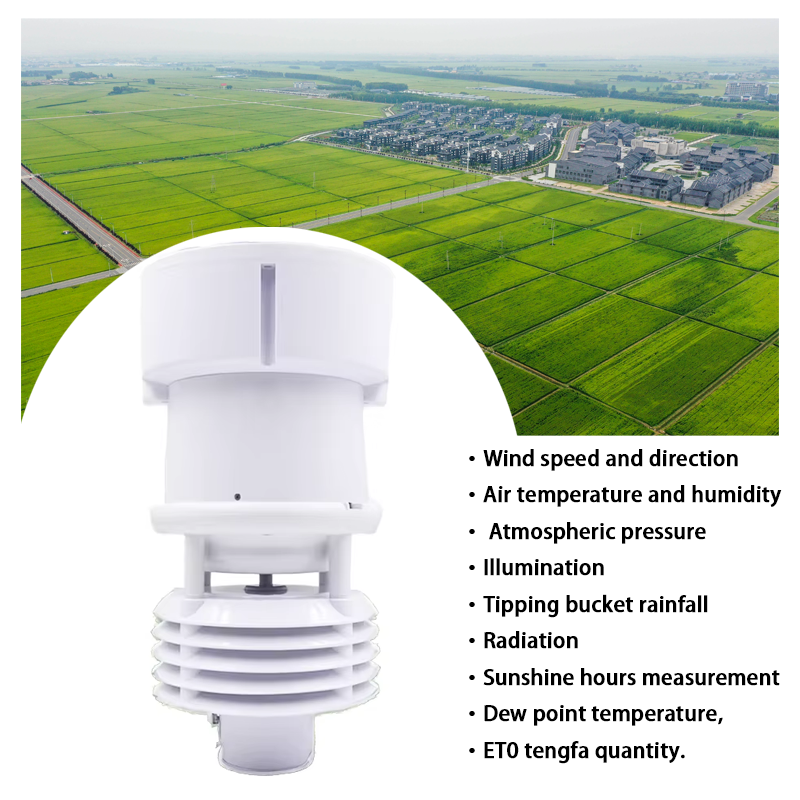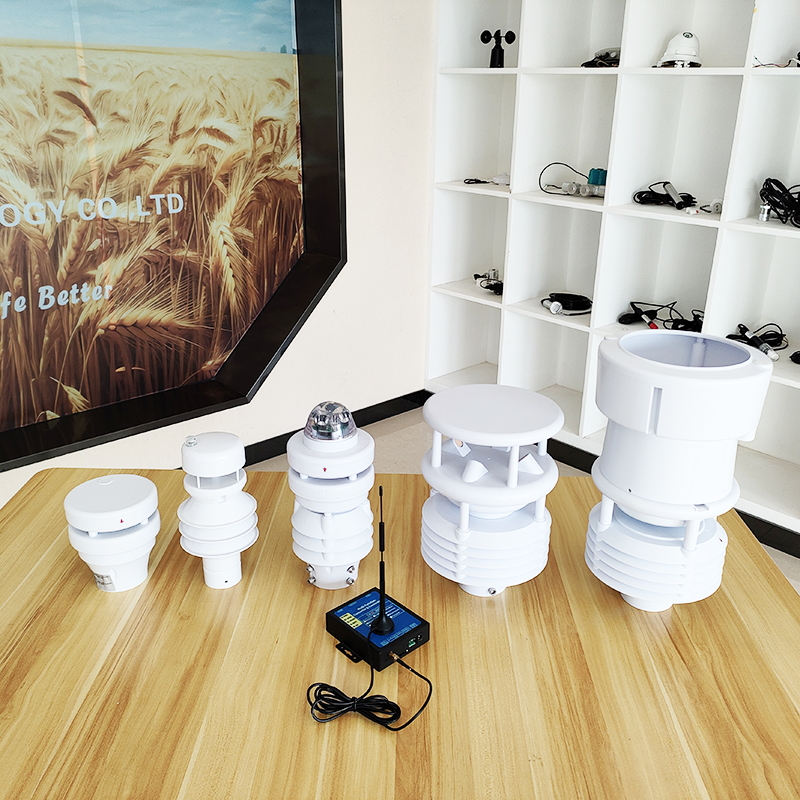The New York State Mesonet, a statewide weather observation network operated by the University at Albany, is hosting a ribbon-cutting ceremony for its new weather station at Uihlein Farm in Lake Placid.
About two miles south of the Village of Lake Placid. The 454-acre farm includes a weather station with a 30-foot tower that was operated by Cornell University researchers for more than 50 years. That station has now been modernized and converted into the Mesonet’s 127th standard network site.
The Mesonet network was completed in April 2018, with UAlbany leading the design, installation and operation. Each of its existing 126 standard weather stations, spaced an average of about 17 miles apart across the state, are equipped with automated sensors that measure temperature, humidity, wind speed and direction, pressure, precipitation, solar radiation, snow depth and soil information as well as a camera that photographs current conditions.
Mesonet data is collected in real time every five minutes, feeding weather prediction models and decision-support tools for users across New York. The data is available for public viewing.
The ribbon cutting celebration will take place from 11 am to 1 pm on Wednesday, June 5 at Uihlein Farm, 281 Bear Cub Lane in Lake Placid (follow the signs to the Mesonet site from Bear Cub Lane).
Daily was the first member to have a weather station installed. He later added a second weather station about 5 miles away to provide more insight into his nearby fields.
This weather station network, one of the densest in the world, a nonprofit aimed at increasing internet-enabled sensor adoption in agriculture and manufacturing. It covers 10 pilot counties: Pulaski, White, Cass, Benton, Carroll, Tippecanoe, Warren, Fountain, Montgomery and Clinton.
“There are a couple weather stations that we watch in the region, within a 20-mile radius,” Daily adds. “Just so we can see rainfall totals, and where rainfall patterns are at.”
Real-time weather station conditions can easily be shared with everyone involved in field work. Examples include monitoring local wind speed and direction when spraying and keeping track of soil moisture and temperature throughout the season.
Variety of data
wind speed, direction and gusts
rainfall
solar radiation
temperature
humidity
heat index
wind chill
dew point
barometric conditions
soil temperature
moisture levels at 2, 5, 10 and 15 inches under the surface
Since Wi-Fi coverage isn’t available in most outdoor settings, weather stations upload data via 4G cellular connections. However, LoRaWAN technology is starting to connect stations to the internet. LoRaWAN communication technology operates for cheaper than cellular. It is well-suited for low-speed, low-power data transmission, according to Jack Stucky, WHIN chief technology officer.
Accessible through website, weather station data helps not only growers, but also teachers, students and community members better understand weather impacts.
For those outside WHIN’s area, other weather station networks exist, such as the Indiana Automated Surface Observations System Network.
Larry Rose, current adviser and past executive director with nonprofit Tree Lafayette, says weather station networks aid in monitoring soil moisture at different depths and adjusting volunteer watering schedules for newly planted trees in the community.
“Where there’s trees, there’s rain,” Rose says, explaining that transpiration from trees helps create the rain cycle. Tree Lafayette recently planted over 4,500 trees in the Lafayette, Ind., area. Rose has used six weather stations, along with other weather data from stations located throughout Tippecanoe County, to help ensure newly planted trees get enough water.
Assessing value of data
Severe weather expert Robin Tanamachi is an associate professor in the Department of Earth, Atmospheric and Planetary Sciences at Purdue. She uses stations in two courses: Atmospheric Observations and Measurement, and Radar Meteorology.
Her students regularly assess the quality of weather station data, comparing it to more costly and more frequently calibrated scientific weather stations, such as those located at Purdue University Airport and on the Purdue Mesonet.
“For a 15-minute interval, rainfall was off by about a tenth of a millimeter — which doesn’t sound like much, but over the course of a year, that can add up to quite a bit,” Tanamachi says. “Some days were worse; some days were better.”
Tanamachi has combined weather station data alongside data generated from her 50-kilometer radar located at Purdue’s West Lafayette campus to help better understand rainfall patterns. “Having a very dense network of rain gauges and being able to then validate radar-based estimates is valuable,” she says.
Weather station installation options
Interested in installing your own weather station? The National Weather Service provides guidance and ideal scenarios for site selection. Location can greatly impact quality of weather data.
If soil moisture or soil temperature measurements are included, a location that accurately represents characteristics such as drainage, elevation and soil composition is critical. A weather station located on a flat, level area, away from paved surfaces, provides the most accurate readings.
Also, locate stations where collision with farm machinery is unlikely. Stay away from large structures and tree lines to provide accurate wind and solar radiation readings.
Weather station connectivity pricing often varies according to how often data travels over a cellular network. About $100 to $300 per year should be budgeted. Other cost considerations include quality and type of weather hardware, along with regular inspection and maintenance expenses.
Most weather stations can be installed in a matter of hours. Data generated over its lifetime will aid in both real-time and long-term decision-making.
Post time: Aug-15-2024



